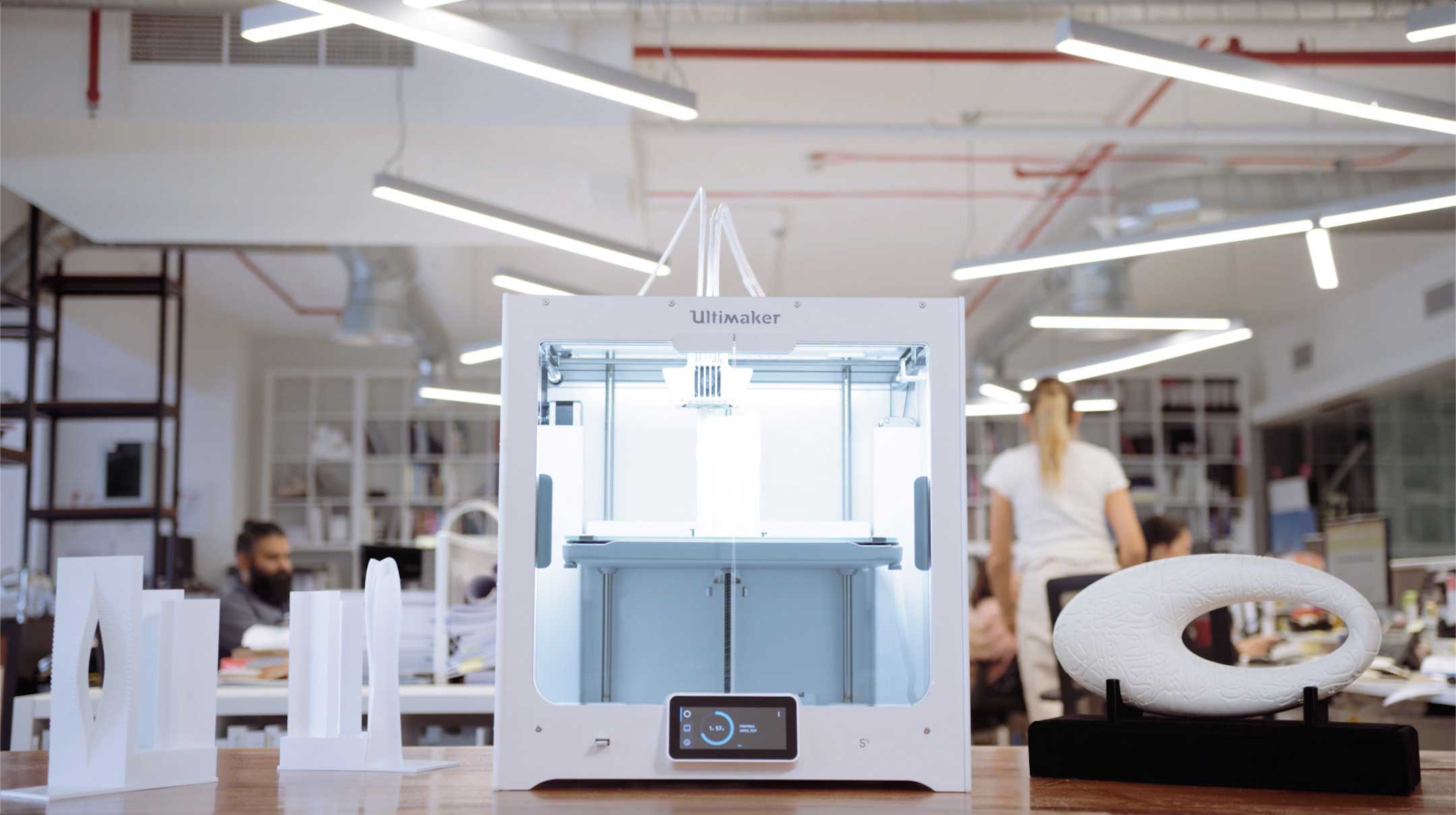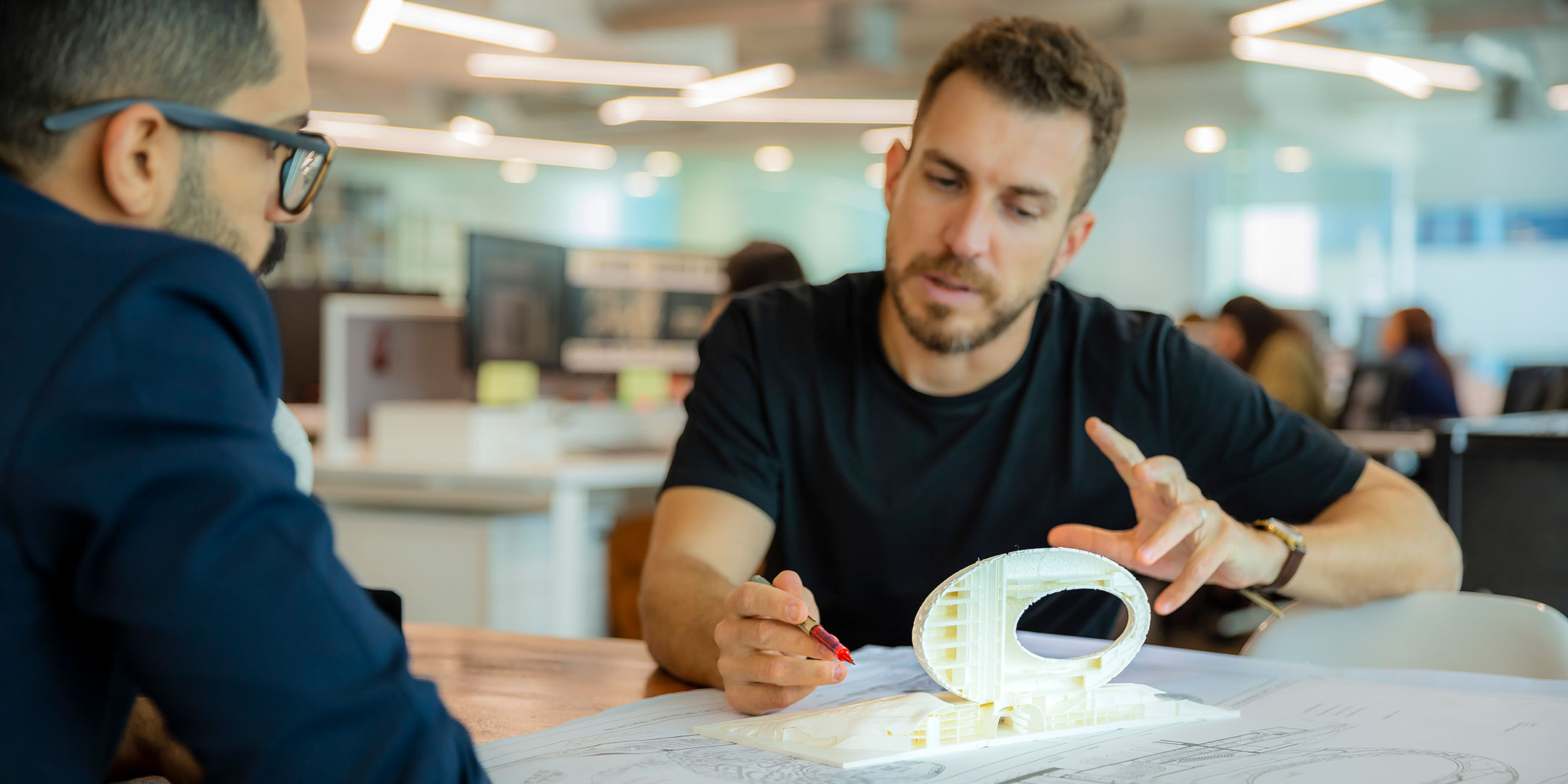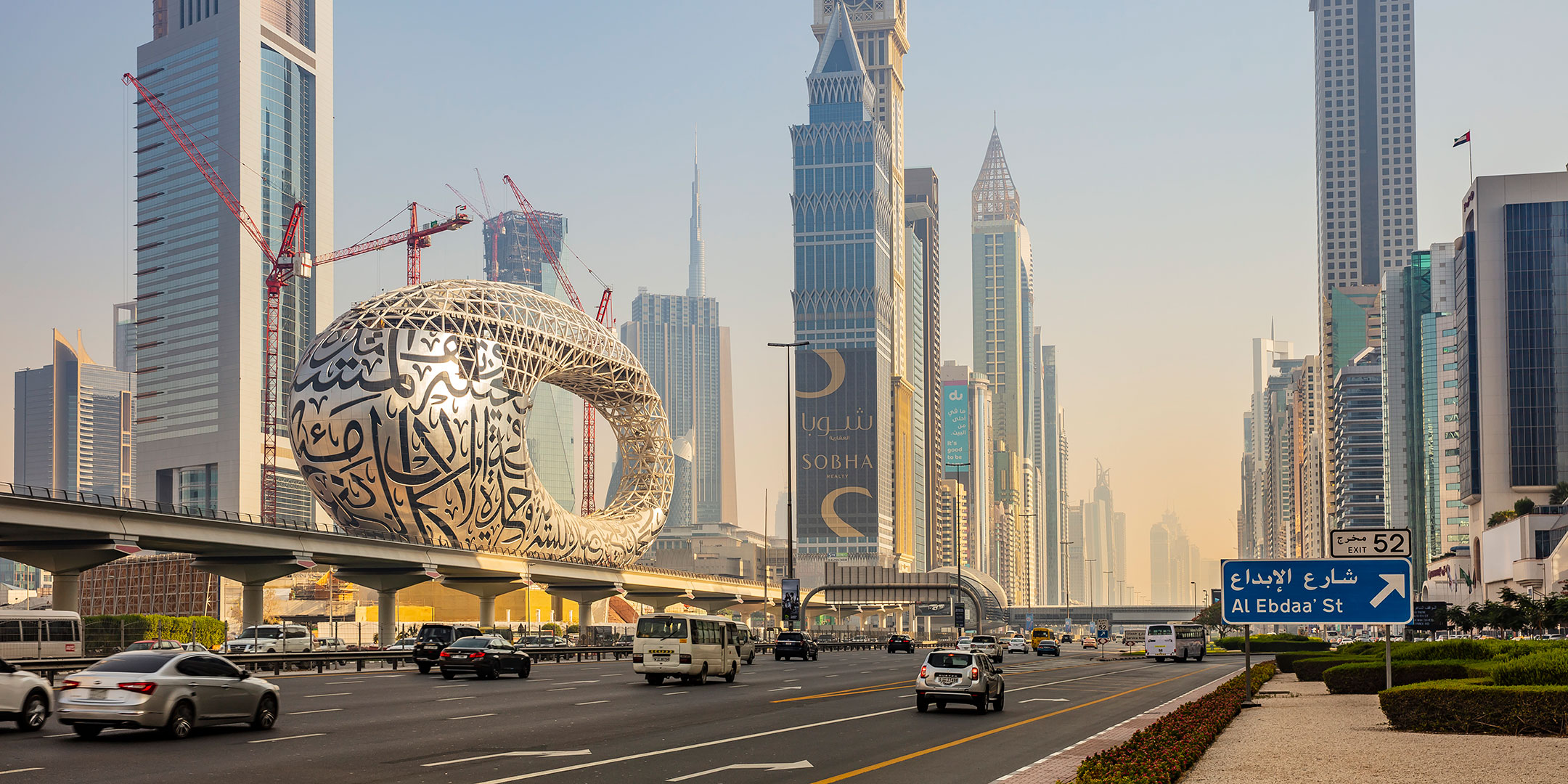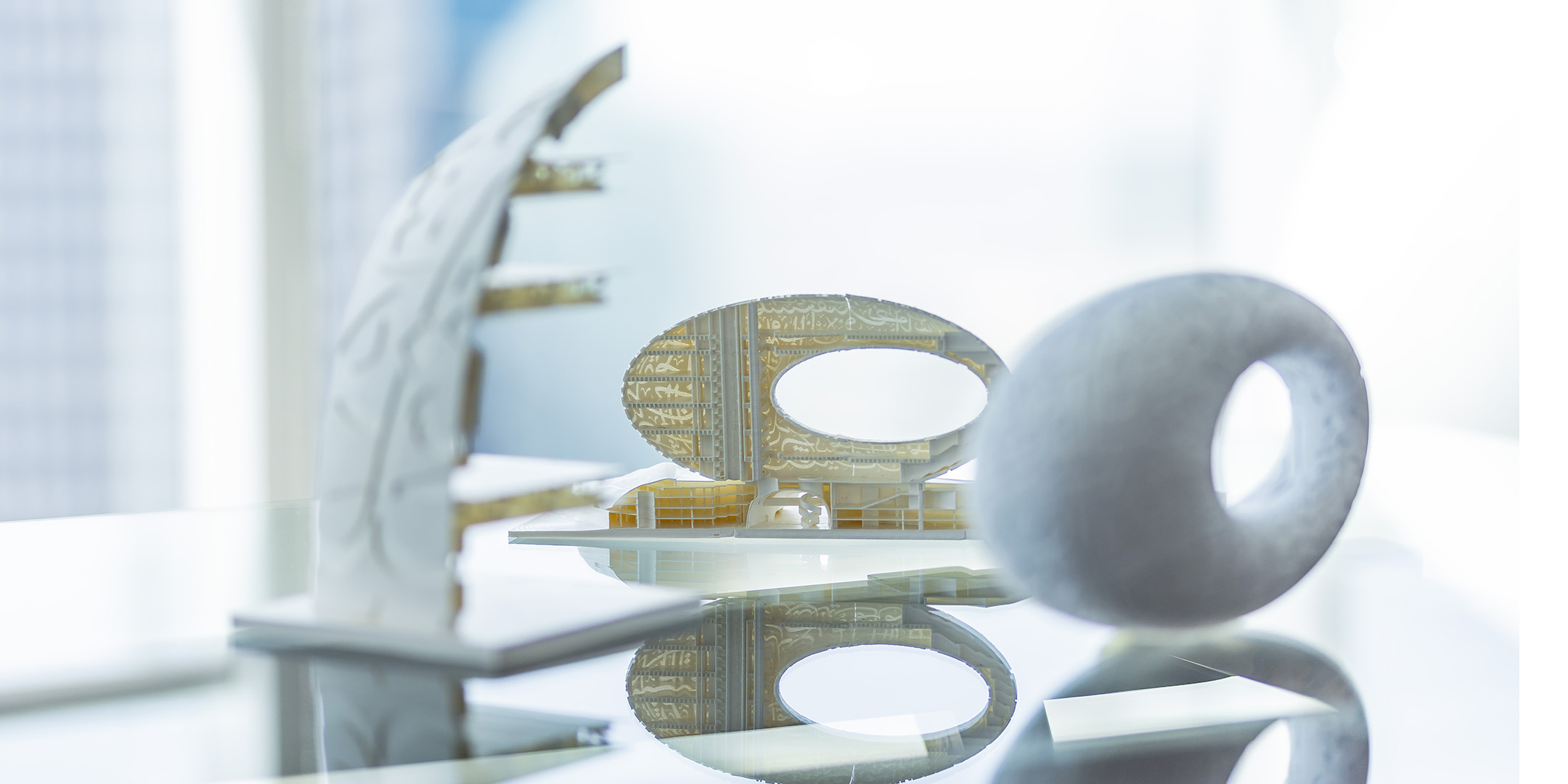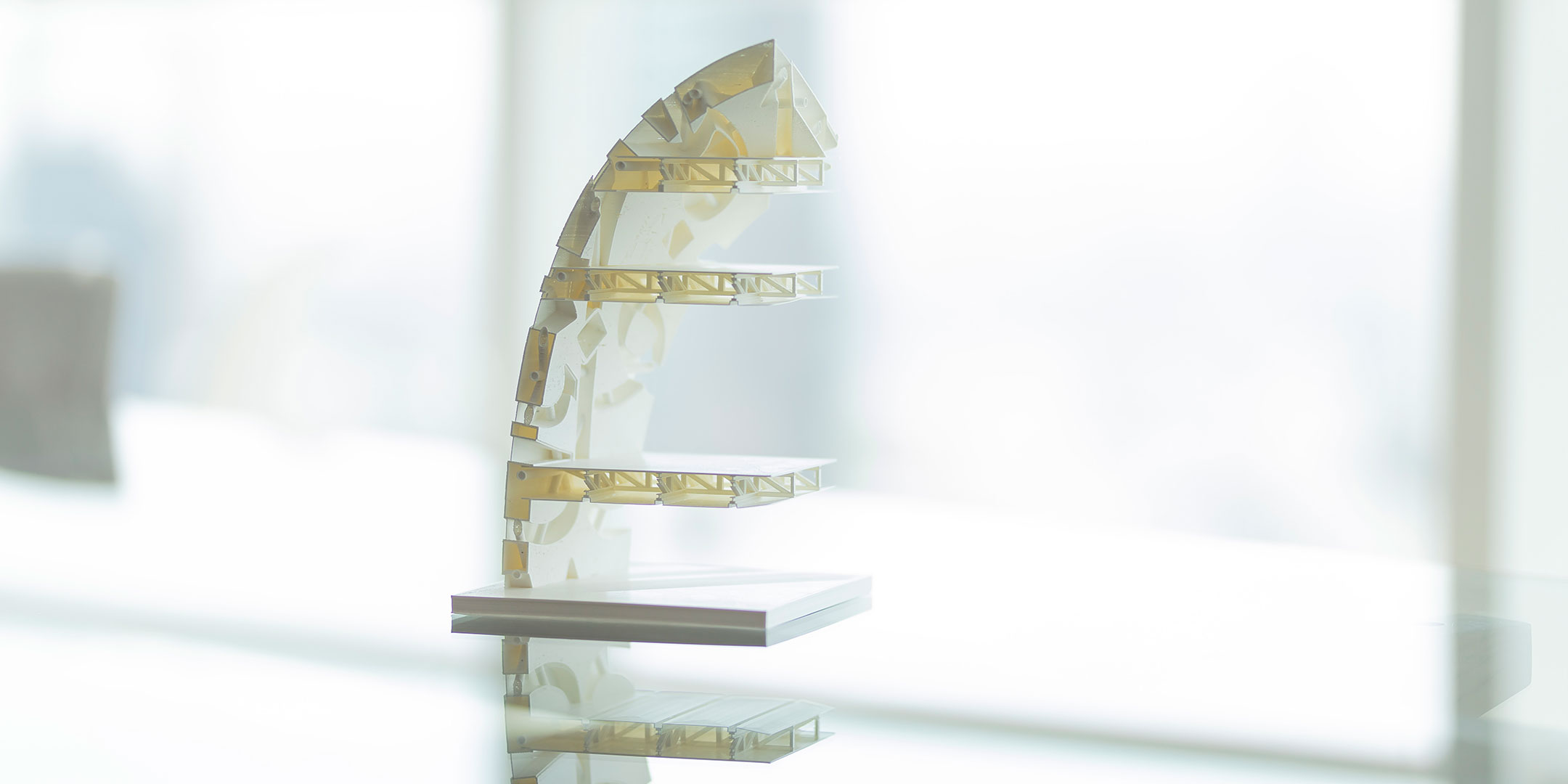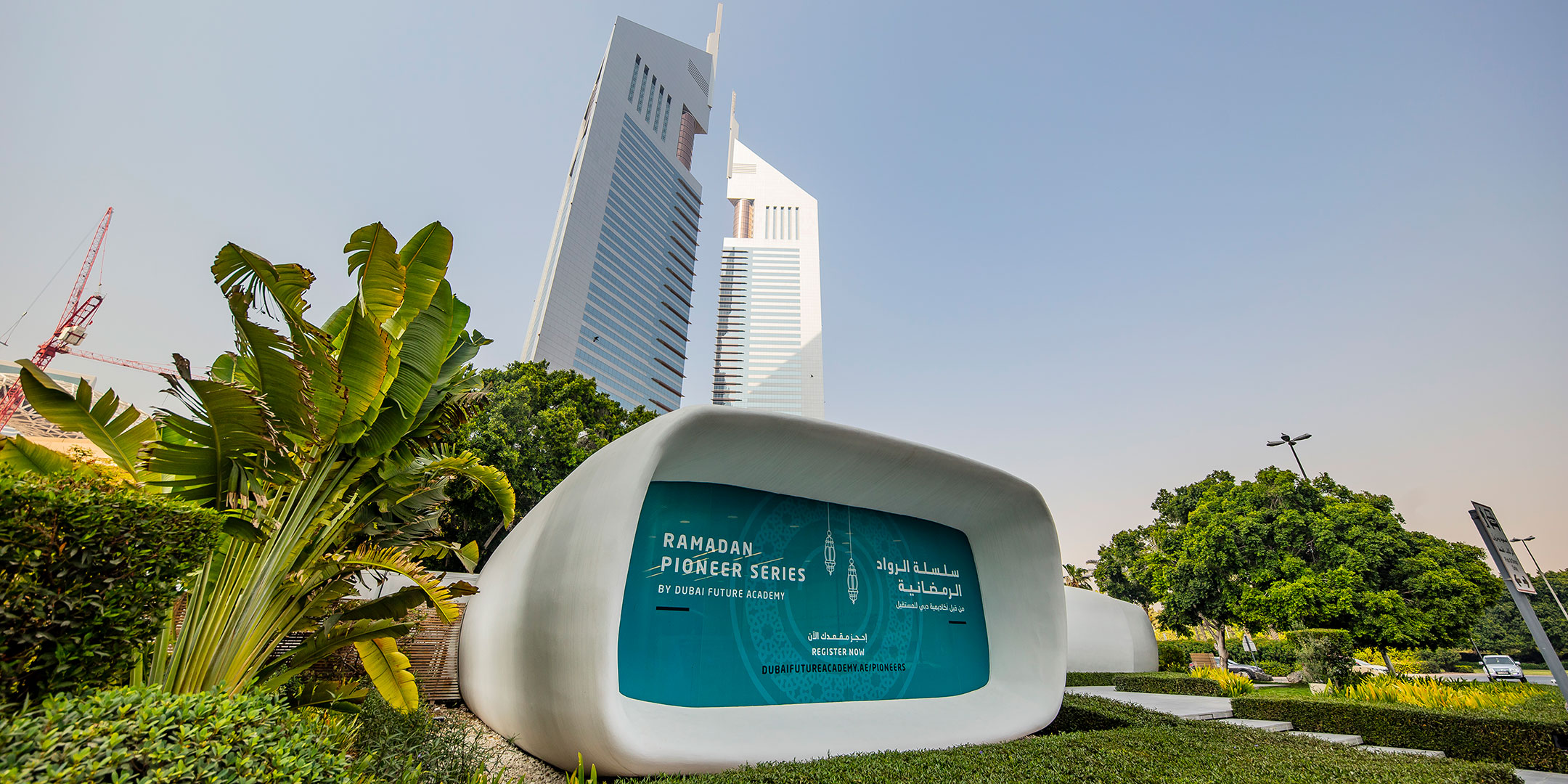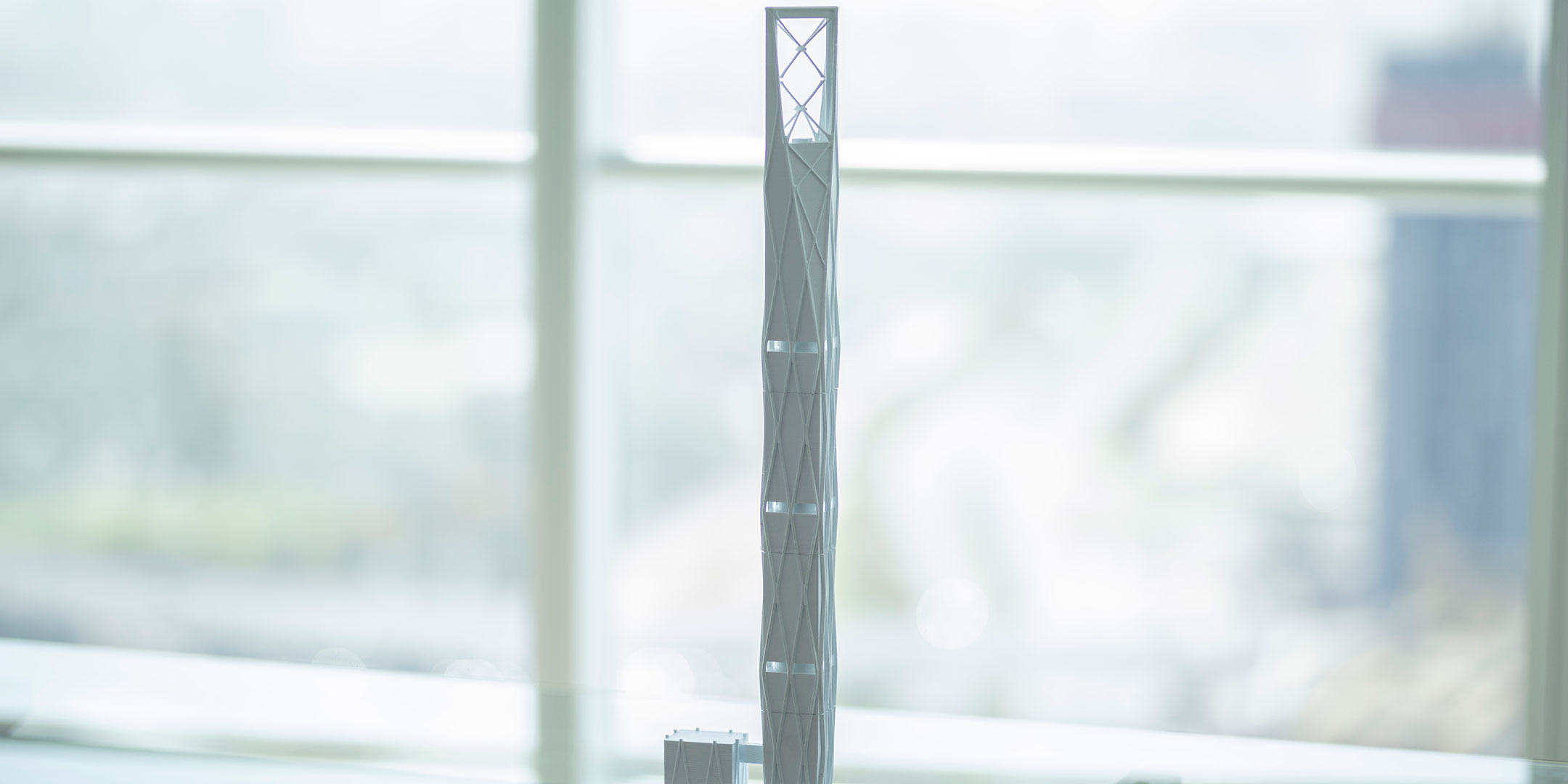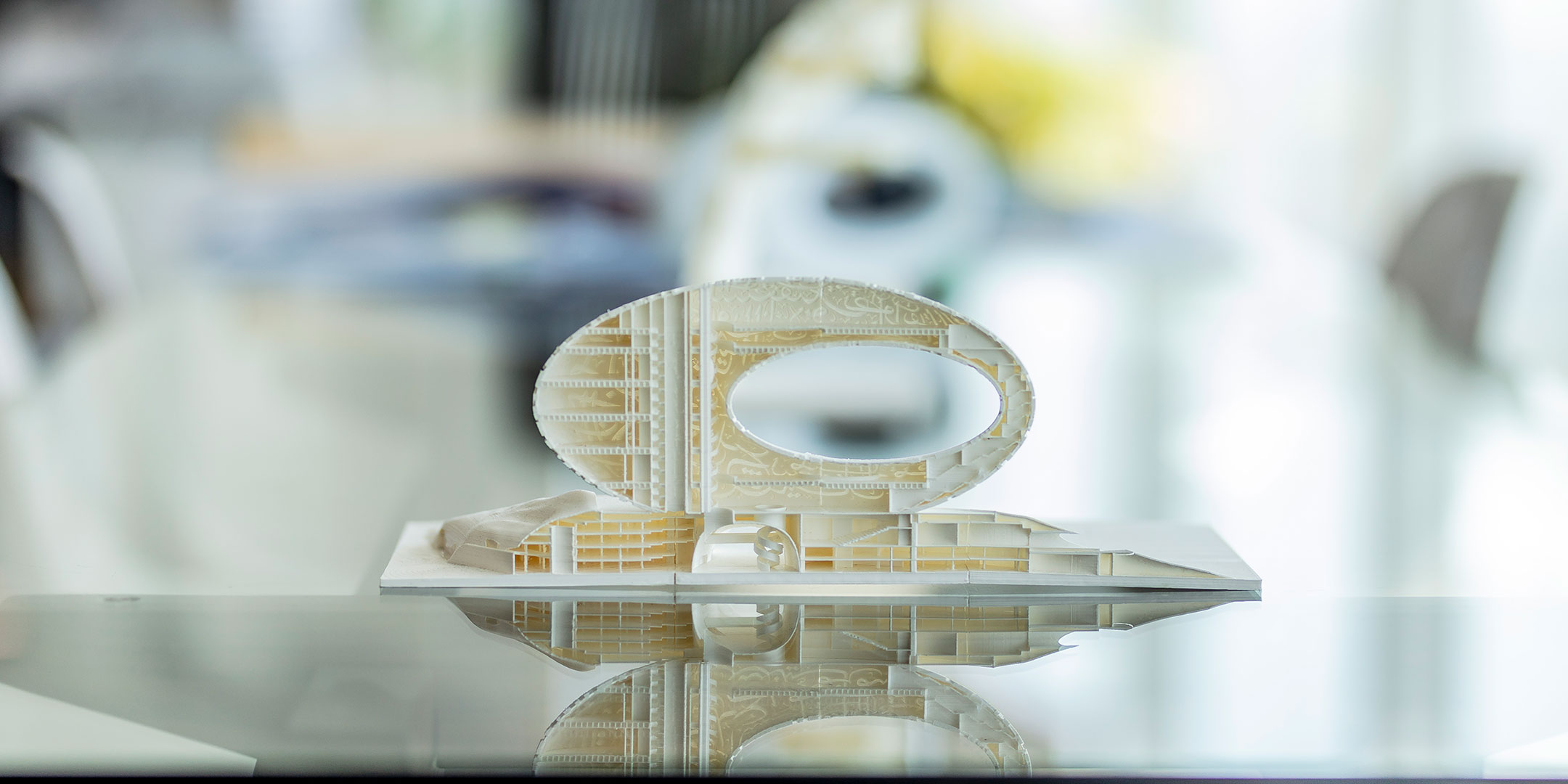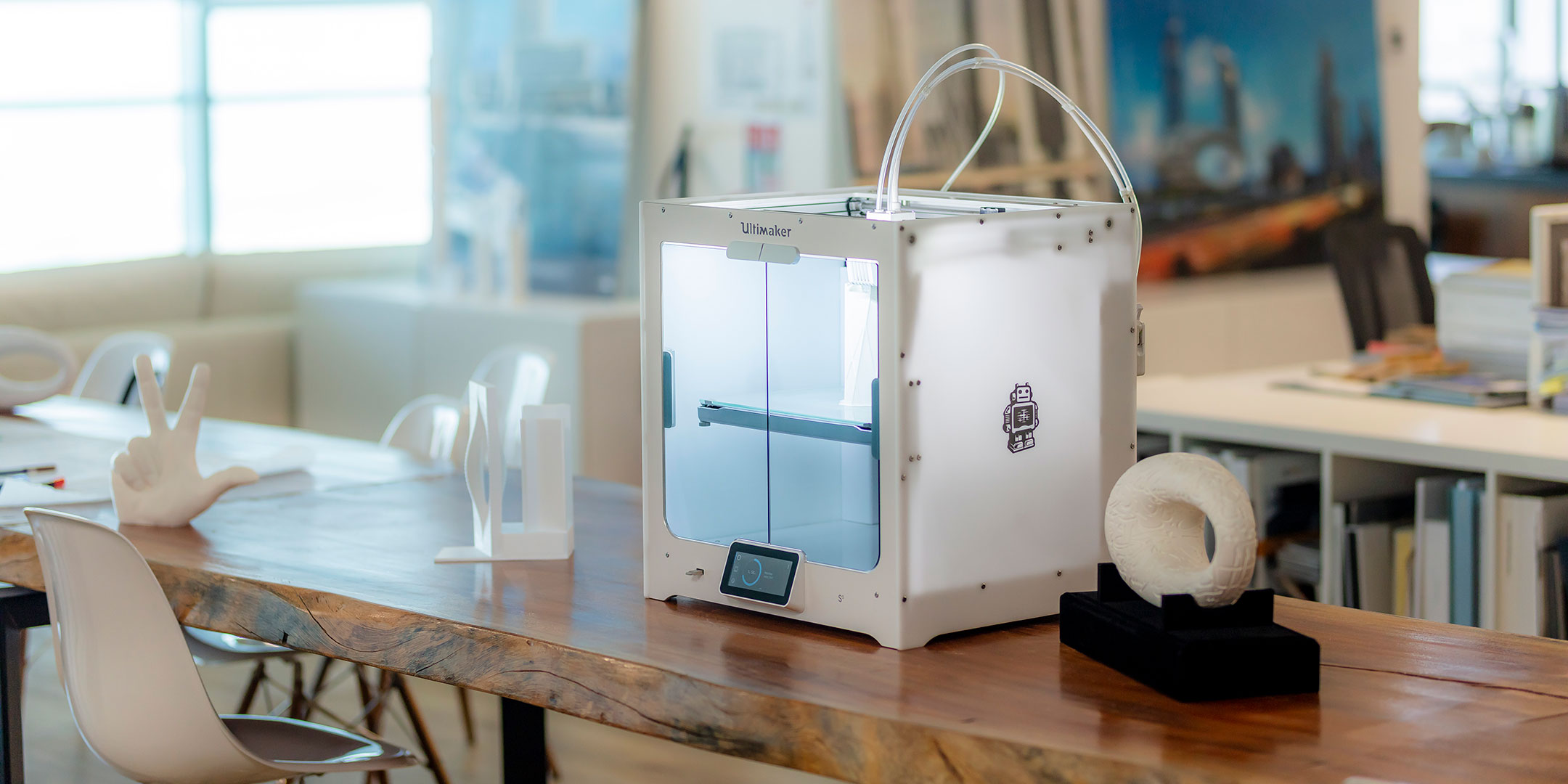In the past two decades, architects are enjoying much higher degrees of design freedom, thanks to advancing CAD tools and construction techniques. Designs are becoming more organic, agile, and dynamic, enabling architectural companies to push the boundaries of what is possible. Killa Design is one of those companies. Based in Dubai, Killa Design focuses on unique, iconic, timeless designs – including both the world’s first occupied 3D printed office space and one of the most complex structures ever built.
When traditional is not enough
Developing a building with a complex shape is challenging from both a design and construction standpoint. Architects must have a full understanding of the structure and shape of the building as early as possible. To achieve this, they create physical scale models of buildings. But for intricate and organic designs, like that of the Museum of the Future, traditional methods of model-making are inefficient – and sometimes unworkable.
Enter Killa Design and 3D printing.
Architects at Killa Design use 3D models to prepare for building construction
Building a landmark
The Museum of the Future is one of the Dubai Future Foundation’s initiatives, led by His Highness Sheikh Mohammed bin Rashid Al Maktoum, the Ruler of Dubai and the Vice President and Prime Minister of the United Arab Emirates. Already well into construction, the Museum of the Future is truly becoming a landmark, with a height of 78 meters and almost no straight lines in its elliptical design.
The Museum of the Future in Dubai has almost no straight lines in its design
Killa Design used 3D printed models to give contractors, manufacturers, and government review engineers a complete understanding of the building before construction began. In addition to the exterior shape, the firm printed cutaway models to show the building’s core structure.
A cutaway model shows the Museum of the Future's interior structure
The museum in its entirety was printed to help create a cleaning strategy for its façade, as well as to plan rope access. A 3D printed cross section provided clear insight into the museum’s interior space arrangement. Another section was printed to show the technology used to build the façade. Each print did its part in showing that proposed solutions for architectural challenges were both effective and possible.
A 3D printed cross section showing the interior of the museum
No ordinary office
As the world’s first occupied 3D printed office building, the Office of the Future presented quite a challenge. Its exterior was printed in multiple concrete pieces by a huge 3D printer, then assembled on location. Before that could happen, however, Killa Design needed to create a design that worked within the constraints laid out by the Chinese company that would print the building’s actual pieces.
Using Ultimaker printers, Killa Design was able to create a design that simultaneously worked and was energy-efficient – perfect for Dubai’s climate, where temperatures often reach 45 °C.
The Office of the Future was created out of concrete using a huge 3D printer
A towering challenge
Another of Killa Design’s projects is the SRG Tower, a 111-story residential skyscraper located in the heart of Dubai. Its organic design allows for optimal climate efficiency, while the tower itself is covered in solar panels. Two wind turbines atop the structure generate 500 million watts of peak energy.
A model of the 111-story SRG Tower
Constructing a building as high as the SRG Tower is quite the achievement. Adding two turbines presents an even greater challenge. Killa Design needed a way to easily observe and discuss design challenges with colleagues and clients. Using 3D printed models of the tower, it was much easier to determine the feasibility of the SRG Tower’s external structure. By analyzing the 3D printed top of the building, Killa Design’s engineers came up with a solution to install the turbines.
Imagine, create, iterate
For much of its architectural model-making, Killa Design uses the Ultimaker S5 to create multiple concepts and iterations. This greatly helps present and explain ideas during creative brainstorming sessions, and significantly speeds up the design process.
A 3D printed model of the Museum of the Future
And thanks to Ultimaker’s dual extrusion, architects around the world are printing any shape they need, whenever they need it. Water-soluble PVA works as support to print material wherever it needs to be printed, without falling on the build plate. When the print is finished, architects remove the PVA by simply submerging the print in regular tap water – no handcrafting needed. Architects only need to select the part of their design for which they want a physical representation and immediately print it.
Killa Design creates 3D models with an Ultimaker S5
Interested to learn how 3D printing can help your business? Discover six reasons why every architect should have a 3D printer, or request a custom quote today.























